In the process of wearing and using fabrics, different degrees of pilling will occur. So how can we reduce the pilling of our fabrics?
Spinning process
During the spinning process, the fibers in the twisting triangle area undergo repeated internal and external transfer due to uneven force, causing the head end, tail end or middle part of most fibers to protrude from the yarn body, forming hairiness. In order to reduce the hairiness, the textile mill rationally mixes cotton, optimizes the process, adopts advanced textile technology according to its own conditions, and tries to control the occurrence of hairiness within the scope of its ability.
Weaving process
The organizational structure of knitted fabrics has a great influence on pilling, and the tight organization is less prone to pilling than the loose organization.
Dyeing and finishing process
Singeing: Singeing is a great way to reduce hairiness and reduce pilling.
Adjustment of technical parameters: After the dyeing and finishing technology is determined, parameters such as bath ratio time can be adjusted appropriately, for example, the bath ratio can be appropriately increased or the technical curve can be improved to shorten the time.
Use of auxiliaries: Anti-pilling agents can be added during the bleaching process. The softener is added during the dyeing process to reduce the mixed friction between the yarns and between the fabric and the dyeing machine, and at the same time, it can control the leakage of the fibers from the end of the yarn, thereby reducing the chance of pilling.
Hairiness appressing method: The hairiness appressing method is to use mechanical and physical and chemical methods to make the hairiness tightly adhere to the surface of the fabric, so as to reduce feathers and reduce pilling. Specifically, the use of resin auxiliaries or chemical adhesives, through rolling, makes the hairiness lodged and fixed on the surface of the yarn.
Through the above methods, the pilling can be improved to a certain extent. Reducing pilling is a systematic project, and it is recommended to take comprehensive measures in the production process of fiber production, spinning, weaving, dyeing and finishing.
AVENO related Abrasion and pilling tester:
Please click: Abrasion and pilling tester
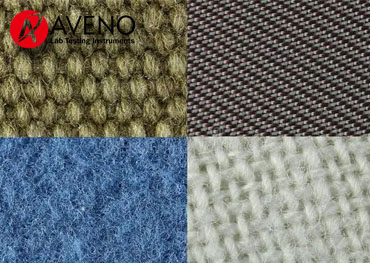
Contact Us Now!
Sales Dept Tel: +86 15280858852
Email: sales@avenotester.com
Skype: sales@avenotester.com
Web: www.avenotester.com






 +8615280858852
+8615280858852





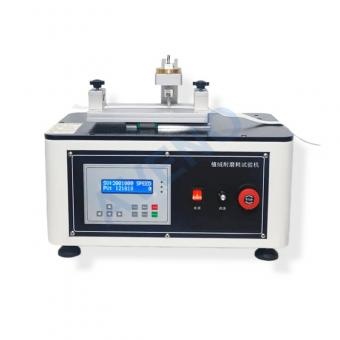
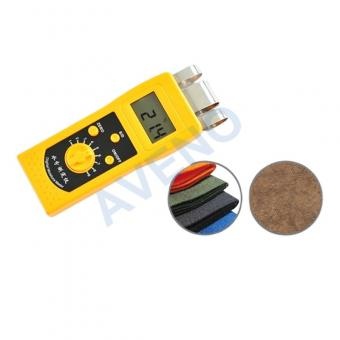
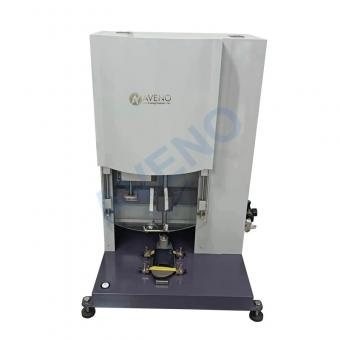
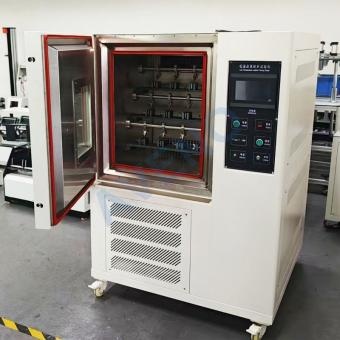
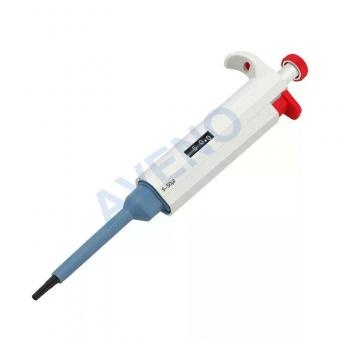

 Oct 06, 2025
Oct 06, 2025





 online service
online service +8615280858852
+8615280858852
 +8615280858852
+8615280858852